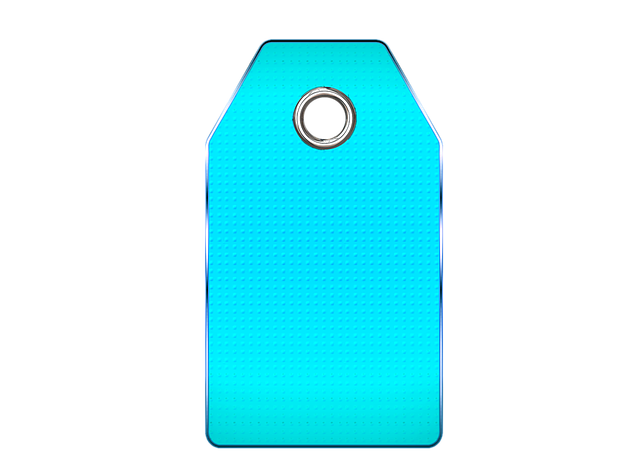Skin tags, caused by various factors, can be removed through non-invasive techniques like cryotherapy or surgical excision, offering permanent solutions without scarring. When considering surgery, understanding procedures like laser removal and their respective risks is crucial. Proper post-removal care, including cleaning, moisturizing, and sun protection, ensures successful healing and minimizes scarring for effective Glasgow Tag Removal.
Are you tired of dealing with unsightly skin tags? This comprehensive guide will help you understand, prevent, and remove them without scarring. We explore various methods, from non-invasive Glasgow tag removal techniques like freezing or cutting, to surgical options for persistent tags. Learn about post-removal care, including healing time and strategies to minimize scarring. Discover the best approach for your skin and bid farewell to these small but often annoying growths.
- Understanding Skin Tags and Their Causes
- Non-Invasive Glasgow Tag Removal Methods
- Surgical Options for Removing Skin Tags
- Post-Removal Care and Scarring Prevention Techniques
Understanding Skin Tags and Their Causes
Skin tags, also known as acrochordons, are small, soft skin growths that typically appear on the neck, armpits, or groin area. They are generally harmless but can be a source of cosmetic concern for many individuals. Understanding their causes is the first step in deciding how to remove them without causing scarring, particularly when considering procedures like Glasgow Tag Removal.
These tags form due to an overgrowth of skin cells and collagen in a particular area. They often develop as a result of friction or irritation, which can be caused by clothing rubbing against the skin or certain personal care practices. Hormonal changes, obesity, and even certain genetic factors can also contribute to their formation. Recognizing these triggers can aid individuals in preventing future skin tags or choosing appropriate removal methods for existing ones.
Non-Invasive Glasgow Tag Removal Methods
When it comes to non-invasive Glasgow tag removal, several methods offer effective solutions without leaving scars. One popular choice is cryotherapy, where liquid nitrogen is used to freeze and destroy the skin tags. This procedure is quick, often taking only a few minutes, and can be performed in a doctor’s office or clinic. It’s a minor treatment with minimal downtime, making it a preferred option for those seeking swift results without scars.
Another less invasive technique is surgical excision under local anaesthesia. A dermatologist will cut out the skin tag, ensuring proper healing and reducing the risk of scarring. This method provides a permanent solution but may leave a small scar, which can be minimalized with skilled execution. These non-invasive Glasgow tag removal methods offer individuals effective options to eliminate skin tags while maintaining healthy, unscarred skin.
Surgical Options for Removing Skin Tags
When considering surgical options for Glasgow Tag Removal, it’s important to understand the available procedures and their implications. Methods like cryosurgery involves freezing the skin tags off using liquid nitrogen, a technique that, while effective, may lead to temporary itching or pain. Laser surgery is another option, targeting the blood vessels supplying the tag, often resulting in minimal scarring but potentially requiring multiple treatments for optimal results.
For more extensive or stubborn cases, excision is a common surgical approach where the skin tag is cut off with a scalpel under local anaesthesia. This procedure generally leaves minimal scarring but may require stitches and has a slightly higher risk of regrowth compared to other methods. It’s crucial to consult with a qualified dermatologist who can recommend the most suitable surgical option based on the size, number, and location of the skin tags.
Post-Removal Care and Scarring Prevention Techniques
After successfully removing skin tags, proper post-removal care is crucial for minimizing scarring and promoting healing. First, keep the treated area clean by gently washing it with mild soap and water. Avoid scratching or touching the site to prevent infection and irritation. Applying a thin layer of moisturizer can help soothe the skin and reduce dryness, which may occur as the area heals.
To further prevent scarring, consider using over-the-counter scar treatments or natural remedies like aloe vera gel. These can aid in reducing appearance and texture of scars. Additionally, protecting the skin from excessive sun exposure is essential, as UV rays can darken scars and slow healing. Using sunscreen daily and avoiding direct sunlight during peak hours are effective measures to ensure optimal recovery after Glasgow Tag Removal procedures.
Removing skin tags without scarring is achievable through a variety of methods, including non-invasive Glasgow tag removal techniques and surgical options. Each approach has its advantages and considerations, so understanding your specific needs and consulting with a dermatologist is key. By following proper post-removal care and preventing scarring, you can achieve smooth, tag-free skin. Remember, the right method for you depends on the size, location, and number of tags, as well as your individual tolerance to procedures.
